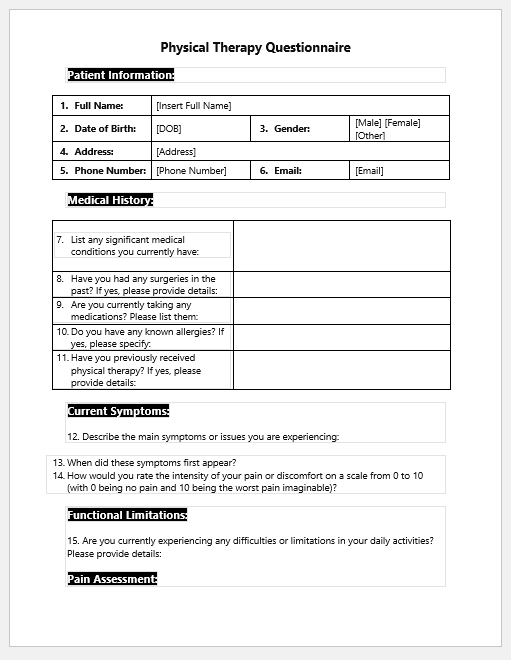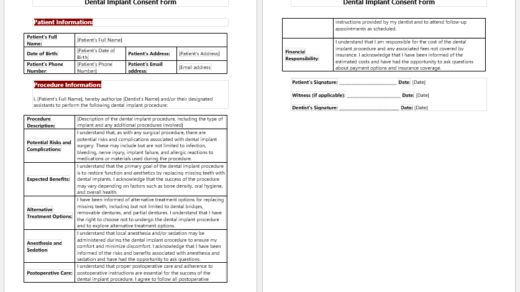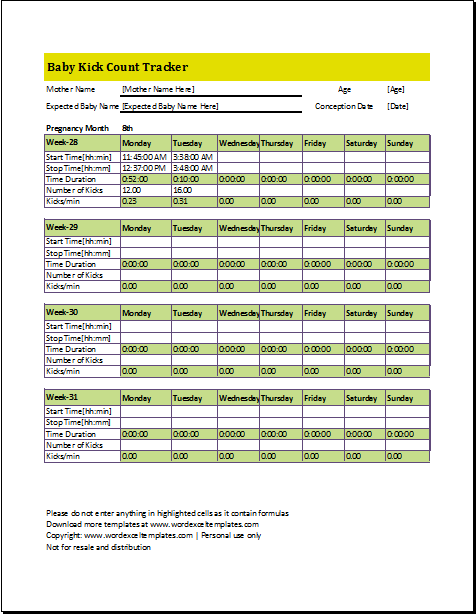Physical therapy, or physiotherapy, is a form of paramedical science in which a patient is treated with certain physical exercises. It may also use electrotherapy in very rare cases, but the baseline is that patients are treated by mobility and mechanical forces.
Physical therapy has gained immense importance in the last couple of years, and now all the medical universities offer physiotherapy programs for the same reason.
History of Physiotherapy
This doesn’t mean that physical therapy is something new in the modern era. Its roots date back to the time of great people like Hippocrates and Galen and have been practiced in one form or another since then. The physiotherapy we see now is the latest form of the same ancient ways that help an individual gain his mobility back and feel better.
Management of certain diseases by physical therapy
Some diseases are almost always treated by physical therapy. COPD, or chronic obstructive pulmonary disease, requires a cupping technique in physical therapy on the patients to help them get rid of the unnecessary secretions from their respiratory tract.
Similarly, post-surgery and post-orthopedic treatments also need a physical therapist to help such patients mobilize and regain their mobility and strength.
Diagnosis in physical therapy
Diagnosis in the field of physiotherapy is correlated with the already-existing medical situation and a set of questions that help the physical therapist reach the basic requirements of the patient.
Physical therapy questionnaire
As mentioned earlier, a physiotherapist has to ask a set of questions to reach a final diagnosis and understand what kind of therapy one needs.
A basic questionnaire covers all the basic topics that need to be addressed.
In this questionnaire, one has to answer the question by scoring from one to five. Following are some of those questions in the form.
- The patient or his therapist may fill out the questionnaire and answer whether he can lift very light weights that are less than 10 pounds (around 4 kg). He has to mention the difficulty/level.
- How difficult is it for the patient to live with a moderately heavy weight, for example, between 10 and 30 pounds?
- In the next question, he is again asked to mark the level of difficulty with which he can lift heavy weights.
- Similarly, how difficult it is for him to squat, walk, and run depends on the level of difficulty. Marking 1 means he can do it easily, and 5 means it is very difficult or impossible for him to perform that activity.
- A physical therapist is also interested in knowing the difficulty level with which a patient can turn corners, and drive.
- He asks the patient how easy or difficult it is for the patient to change posture, especially standing and sitting, climbing up the stairs, or running and jogging.
All these questions are answered very carefully, and the physiotherapist decides the activity level of his patient and designs a set of exercises that are helpful for him to achieve a standard level of activity and overcome the difficulty and pain.

Questionnaire File 36 KB
- Nursing Documentation Templates
- Mental Health Evaluation Forms
- Forms Used by Pediatricians
- Various Forms Related to Pregnancy Verification
- Common Forms Used by ENT Specialists
- Pain Diary Worksheet Template
- Forms Commonly Used by Old Age Homes
- Medical Treatment Consent Form
- Home Exercise Program Worksheet
- Forms Used for Mental Health Assessment
- Forms Used by Psychologists
- Medical Forms Commonly Used by/for Students
- Assessment Consent Form
- Forms Used by an Anesthesiologist
- Not Fit to Fly Certificate Template
- Home Visit Consent Form for Schools
- Important Forms Commonly Used by Pharmacies
- Important Forms Commonly Used by Dentists


